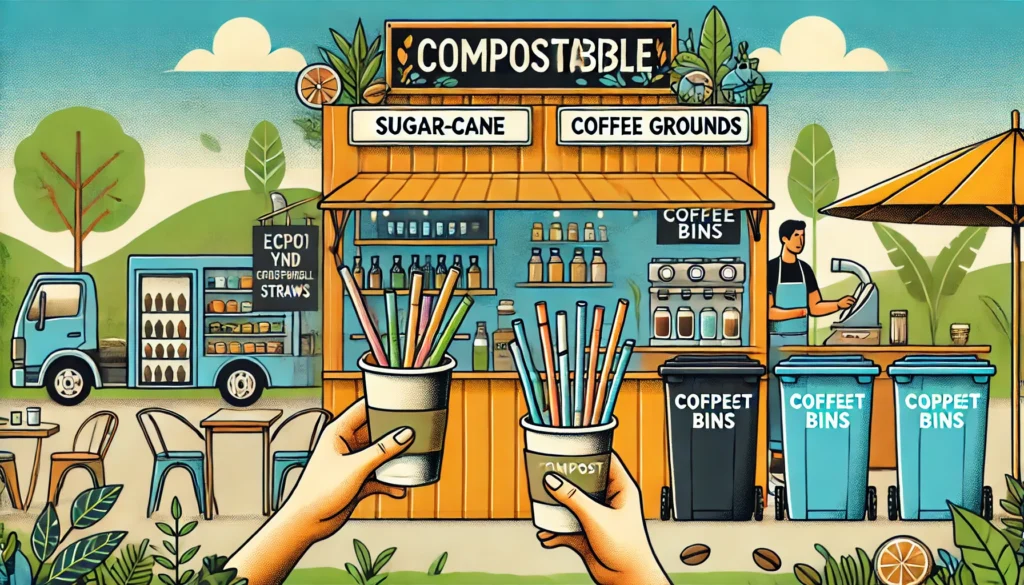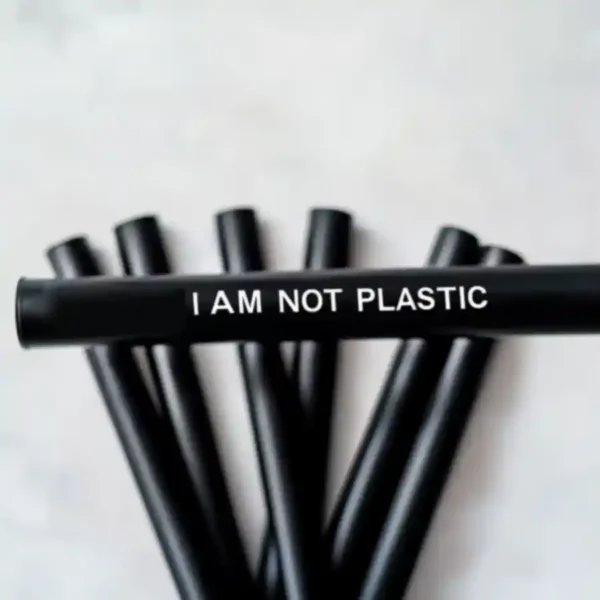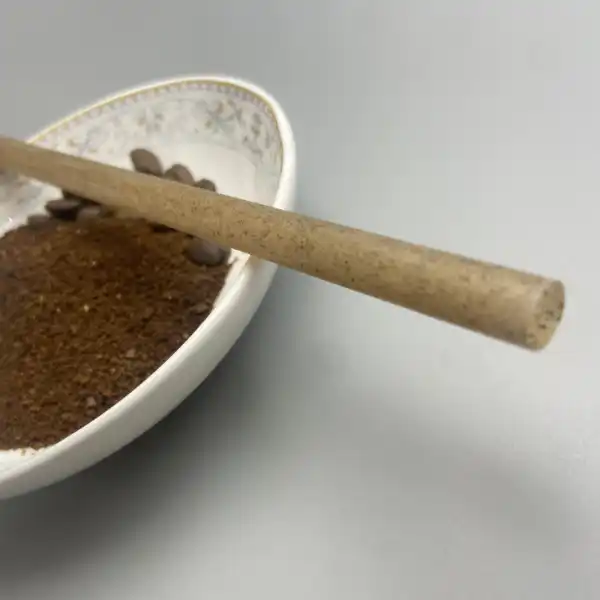
1. Introduction: A Sustainability Showdown
The conversation around plastic waste has never been more critical. With millions of plastic straws discarded daily, these seemingly small items create a disproportionately large environmental impact. As we strive for a more sustainable future, two leading contenders have emerged: eco-friendly single-use straws and reusable straws.
This article dives into the strengths and weaknesses of these alternatives, examining their practicality, environmental impact, and the scenarios where each option excels.
2. Eco-Friendly Straws: A Convenient Single-Use Solution
2.1 Material Options and Features
Eco-friendly straws are designed for convenience without the lasting harm of plastic. Common materials include:
- Соломка из сахарного тростника: Made from leftover sugarcane fibers, these compostable straws are both durable and eco-friendly. Products like Настраиваемая соломинка из сахарного тростника combine sustainability with branding opportunities.
- Кофейная гуща соломинка: Crafted from recycled coffee grounds, these straws are heat-resistant and ideal for hot drinks. Smoothie coffee grounds straws offer a robust alternative to traditional options.
- Бумажные трубочки: Biodegradable and lightweight, paper straws are excellent for short-term use but may not hold up in extended usage.
- ПЛА соломинки: Made from plant-based bioplastics, PLA straws require industrial composting to break down, limiting their effectiveness in areas without such facilities.

2.2 Compostability and Ease of Disposal
Eco-friendly straws are designed to decompose quickly in appropriate composting environments, reducing landfill contributions. For maximum sustainability, look for products with home compostability certifications.
2.3 Ideal Applications
Single-use eco-friendly straws are particularly well-suited for high-turnover environments such as restaurants, cafes, and events. Their convenience and hygiene make them a practical choice for businesses and customers alike.
3. Reusable Straws: A Durable, Long-Term Choice
3.1 Material Types
Reusable straws provide a sustainable alternative for repeated use:
- Metal Straws: Long-lasting and sturdy, metal straws are excellent for cold drinks but may become dangerously hot with warm beverages.
- Glass Straws: Sleek and visually appealing, glass straws offer a premium experience but are more fragile than other options.
- Silicone Straws: Flexible, safe for children, and versatile for hot and cold drinks, silicone straws are a popular reusable choice.

3.2 Maintenance Requirements
The environmental advantage of reusable straws depends on consistent cleaning and proper care. Without adequate maintenance, hygiene issues or premature degradation can negate their benefits.
3.3 Environmental Considerations
Producing reusable straws has a higher initial carbon footprint compared to single-use eco-friendly options. For example, manufacturing one metal straw can produce the same emissions as 150 plastic straws. Reusables must be used consistently over time to offset this impact, making user commitment crucial.
4. Which Option Fits Your Needs Best?
4.1 For Businesses
Eco-friendly straws are ideal for businesses with high customer turnover, offering hygienic, single-use solutions that align with sustainability goals. Meanwhile, reusable straws work well for businesses focused on long-term customer engagement or promoting premium branding.
4.2 For Individuals
Reusable straws suit those who can commit to cleaning and carrying them. However, single-use eco-friendly straws provide convenience during events or travel when maintenance isn’t feasible.
4.3 A Balanced Approach
Combining both options allows businesses and individuals to tailor their sustainability efforts to diverse needs, maximizing both environmental impact and convenience.
5. Conclusion: A Dual Path to Sustainability

Both eco-friendly and reusable straws have their place in the fight against plastic waste. While eco-friendly straws offer immediate convenience and compostability, reusable straws provide a long-term solution when used consistently. By understanding the trade-offs and strengths of each, businesses and consumers can make informed decisions that suit their lifestyles and environmental goals.
For high-quality, certified eco-friendly straws tailored to your needs, visit NatureBioeco.
Часто задаваемые вопросы
- What materials are eco-friendly straws made from?
Materials include sugarcane, coffee grounds, paper, and plant-based bioplastics (PLA). - Are reusable straws more sustainable than single-use eco-friendly straws?
Reusable straws can be more sustainable if consistently used and maintained, while eco-friendly straws offer a practical compostable alternative. - Do compostable straws break down in regular trash?
Compostable straws decompose best in designated composting environments rather than in landfills. - Which straws are best for hot drinks?
Coffee grounds and silicone straws are heat-resistant and ideal for hot beverages. - What are the challenges of using reusable straws?
Regular cleaning and maintenance are required, and improper care can reduce their usability. - How do eco-friendly straws benefit businesses?
Offering eco-friendly straws enhances brand reputation, aligns with sustainability goals, and appeals to eco-conscious customers. - What certifications should eco-friendly straws have?
Look for FDA, LFGB, and compostability certifications (home or industrial). - Are PLA straws truly sustainable?
PLA straws are made from renewable materials but require industrial composting, limiting their eco-friendliness in areas without such facilities.







